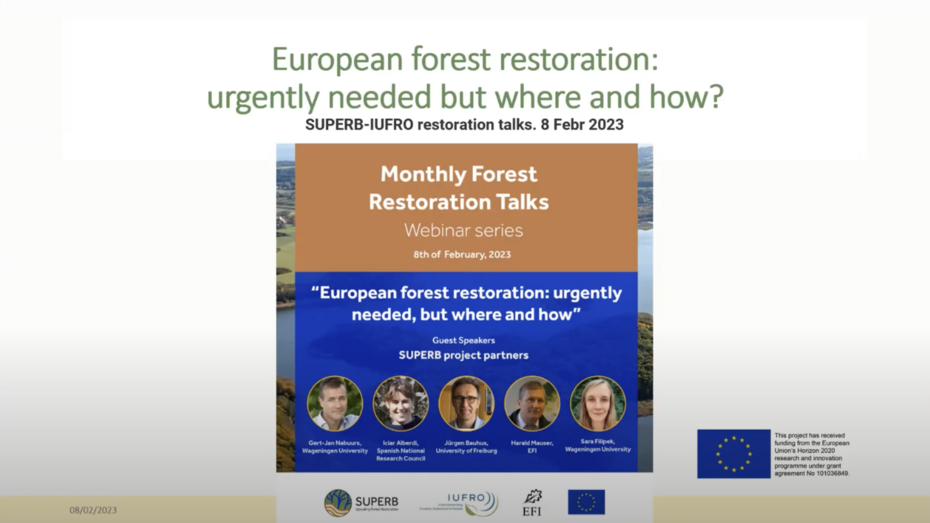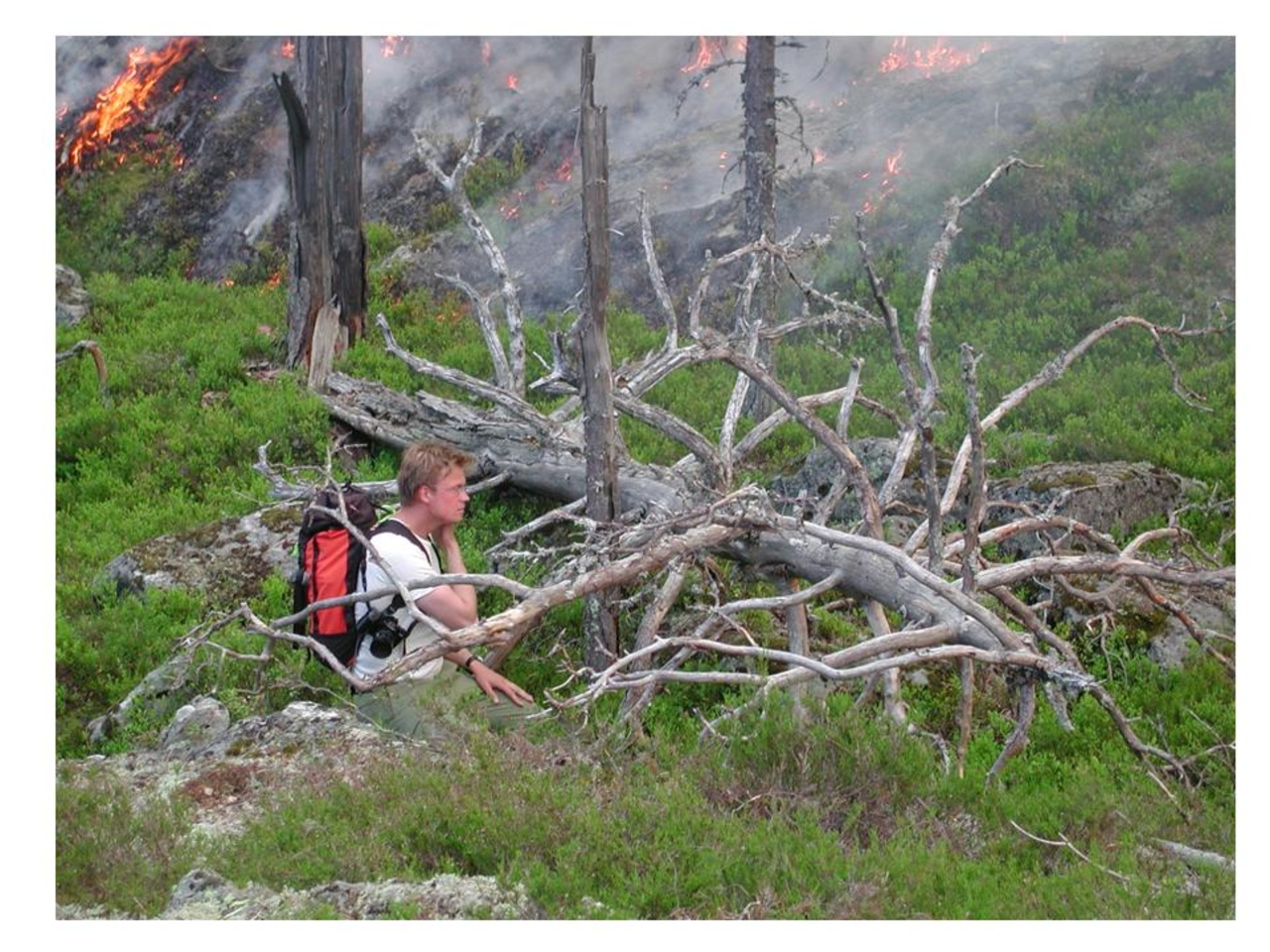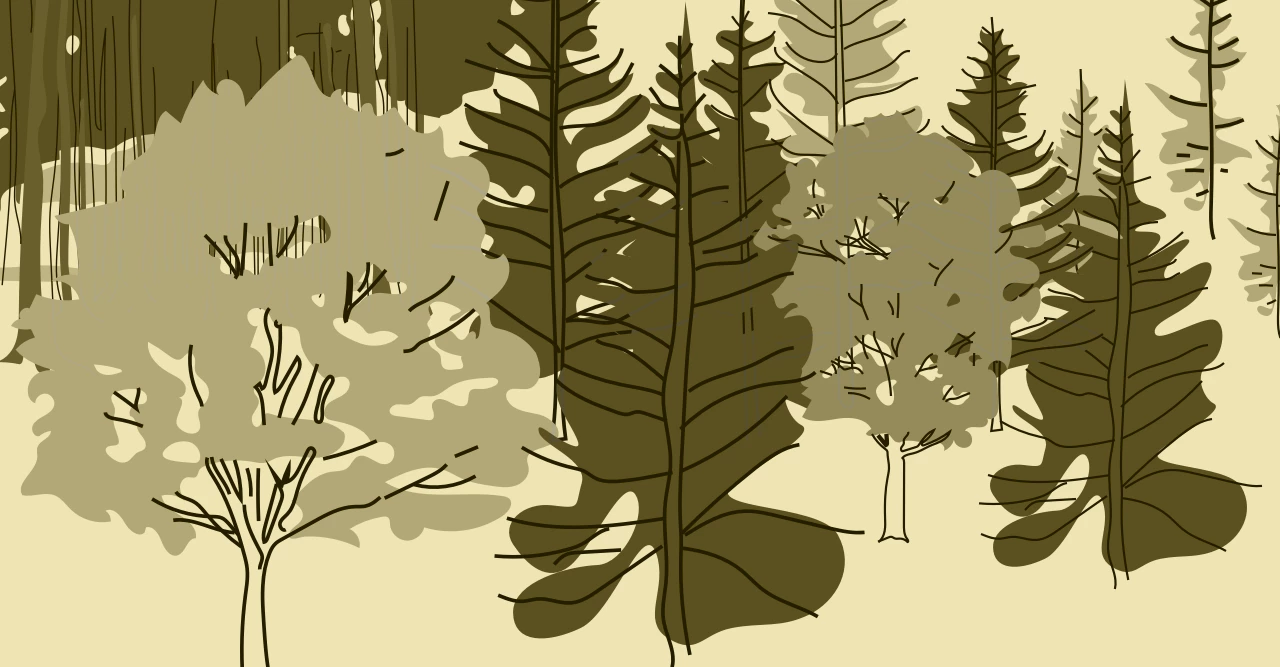
2.1 Vision, targets, goals and objectives

Establishing clear restoration goals, objectives and a vision is essential to guide forest restoration activities. Keep in mind the challenges of climate and global change, meaning that restoration is aiming at a moving target. It is also important to consider the legal framework within which you operate (see sub-chapter 2.6 Laws and Regulations).
Restoration goals have evolved significantly over time, reflecting shifts in environmental, socioeconomic, and political conditions. In Europe, early forest restoration efforts were often a response to catastrophic natural disturbances, making disaster risk reduction a primary objective in the 19th century. In the 20th century, geopolitical upheaval and industrial expansion placed timber production at the center of restoration agendas and, in some countries, job creation became a major driver, aiming to alleviate rural poverty. However, by the late 20th century, changing wood markets, emerging environmental crises, and evolving social demands prompted a shift toward new objectives such as biodiversity conservation, recreation, climate change adaptation and mitigation. History shows that conflicting restoration goals can obstruct success. For this reason, goal-setting must be approached holistically to ensure that diverse objectives can be balanced and addressed effectively at the landscape level.
Forest restoration includes multiple elements that you need to define before implementing any restoration measures. The goals and objectives of restoration depend on the vision for the degraded forest. There is no one-size-fits-all restoration measure: decisions about whether to restore forest to a more natural condition, enhance resilience or meet future societal demands should be made early in the planning process. Assessing the initial state of the forest and addressing challenges - characterized by a range of factors and stressors that negatively impact forest ecosystems - help define clear restoration goals. Once you have defined the initial state, pressures and the restoration goals, you can put in place the methods, plans and actions.
Although there may be an overarching restoration objective, additional objectives that provide additional incentives, or represent trade-offs should also be considered.
A broad list of restoration needs supports the planning process. It should be as comprehensive as possible to avoid overlooking synergies or missing potential conflicts early in the restoration program. Such early consideration of diverse restoration needs can help anchoring the project among stakeholders, potentially providing flexibility in financing options, and helping in identifying alternative levels of ambition.
Related resources
European forest restoration: urgently needed, but where and how?
This webinar, organized by SUPERB and IUFRO, provides a critical view of how habitat status of Europe’s forests is currently assessed and what role data provided by National Forest Inventories can play to inform about forest restoration in Europe. We also take a deep plunge into our SUPERB demo areas and discover the real-life challenges they are facing to implement restoration on the ground.
- Integrative Forest Management
- Legal & Regulatory
- Planning & Upscaling
- Funders & Investors
- Planners & Implementers
- Policy Actors
- Climate change mitigation
- Restoration after direct human impact
- Restoration after natural disturbances
- Soil health
- Tree species/functional diversity
- Atlantic
- Continental
- Croatia
- Finland
- France
- Germany
- Italy
- Netherlands
- Romania
- Serbia
- Spain
Forest fire in Sweden - a story of successful introduction of restoration
Fires may be seen as a threat to forests but they are also an integrated part, natural disturbance, in many forest ecosystems as they shape forest structure and provide important conditions for associated species. Due to more than 100 years of fire suppression in boreal Fennoscandia, fires are now implemented in boreal forests as an important restoration action.
Planting strategies in small openings and protection against wildlife
In many forest restoration and reforestation projects in the Netherlands, young trees face high pressure from browsing wildlife. Climate change adds stress, with warmer, drier summers, especially on large clear-cuts. This good practice shows how wildlife protection and strategic planting of larger stock in small groups improve survival and support the recovery of a healthy forest structure.





